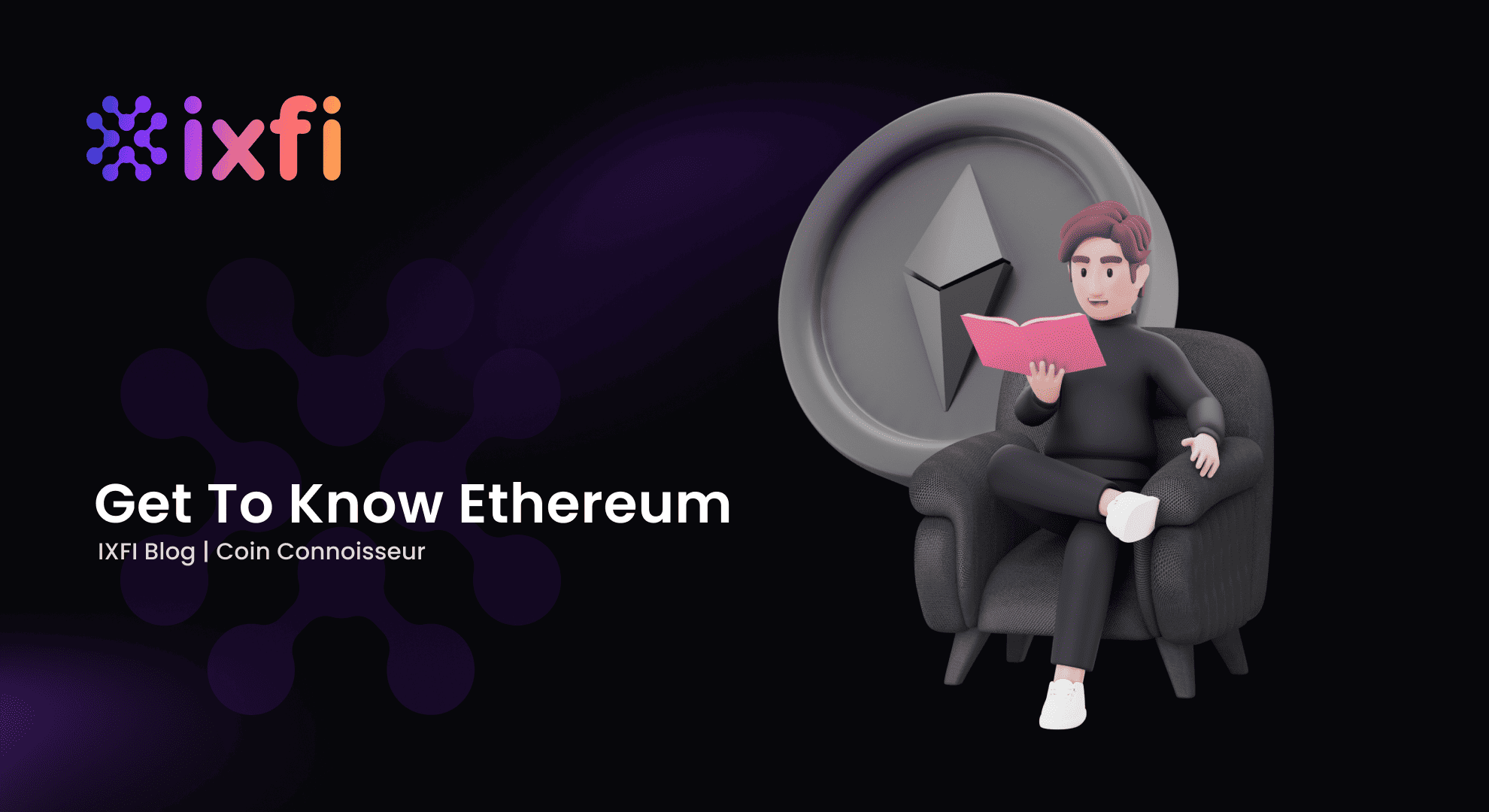The idea behind cryptocurrencies is to build valuable assets that can be used primarily in the digital space and would be considered mediums to store value, eliminating the possibility of totally losing it.
Several projects that keep popping up compete against others for fame in the digital space through various improvements of the real-life financial systems.
What is Ethereum?
Ethereum – or ETH – is the second-most-important cryptocurrency in the whole space, with a market capitalization of $250 Billion. It’s the second-largest cryptocurrency by market capitalization, Bitcoin being the first, and has a 24-hour trade volume of over $20 Billion.
The value behind Ethereum
Ethereum was created to grow and improve Bitcoin, extending its network capacity and increasing the total value of the cryptocurrency market.
- Smart Contracts
In addition, it was developed in such a way to support Smart Contracts using its Solidity programming language. These Smart Contracts are decentralized agreements that auto-execute when the criteria are fulfilled, and they are encrypted in the Blockchain. The network was built to run multiple Smart Contracts simultaneously on every data node of the network. These nodes verify transactions and confirm blocks into the Blockchain, eliminating the need for a third party, like the bank. ETH can also code, secure, and transact almost anything, as the developers specify on the official website. Smart Contracts can also create decentralized applications, known as dApps.
- dApps
These decentralized mobile applications run on Blockchain networks and use the Smart Contracts technology to execute transactions. Standard mobile applications run using a centralized server, but dApps are dispersed on an entire distributed ledger that takes its information from distributed databases. Therefore, Ethereum is the most suitable environment for such applications. Furthermore, these are coded using the Solidity programming language, and they are not controlled by any entity.
What improvements are brought with ETH 2.0?
The crypto community considers Ethereum as the next Bitcoin. So even if the affirmation might sound ambitious, it might be partially correct. Developers constantly improve the network, preparing to move from the Proof of Work consensus to Proof of Stake once with ETH 2.0.
The improvement will eliminate the GPU mining that consumes enormous quantities of electrical power and will improve the infrastructure. Because of this, users will be able to do faster and cheaper transactions.
Another benefit of moving to a Proof of Stake consensus mechanism is a robust immunity to centralization. PoS should lead to more nodes in the network so that validators would be more widespread throughout the network. At the same time, ETH 2.0 will offer solid technical support for shard chains, which are extremely important for the network’s scalability.
- Shard Chains
Sharding is “a Blockchain technique” that helps the databases’ partition to allow the smooth circulation of information that makes the network scalable (meaning that it will support more transactions).
Therefore, sharding divides the decentralized network into smaller partitions, known as shards. Each fragment is built on its information and data, making it distinctive and independent compared to other pieces.
Once a network becomes very congested, the traffic slows, similar to what happens on the highway that goes to the beach on a summer day. The Blockchain makes no exception, even if this technology is based on sharing files in multiple places on a network.
ETH’s Deflationary Nature
Initially, ETH coins were created with an unlimited maximum supply, automatically making them inflationary assets. The way developers fix this is by controlling the circulating supply.
The EIP-1559, introduced in 2021, imposed that some ETH coins from transaction fees would be burned when the network activity is too high to reduce inflation.
Ethereum developers clearly explained that they designed the EIP-1559 upgrade to make gas taxes on Ethereum more affordable, not to make the coin deflationary.
However, in recent years, very high levels of activity in the crypto space, especially on the Decentralized Finance (DeFi) protocols based on Ethereum, have led to a massive increase in transactions and a vast accumulation that caused higher taxes. If the periodic burn would still lead to a lower circulating supply, this benefit can also be seen as a bonus.
Now that you know everything about the coin, you can log into IXFI and find Ethereum among the hundreds of cryptocurrencies available to trade. If you don’t have an account yet, register on Your Friendly Crypto Exchange to start your journey.
Disclaimer: The content of this article is not investment advice and does not constitute an offer or solicitation to offer or recommendation of any investment product. It is for general purposes only and does not take into account your individual needs, investment objectives and specific financial and fiscal circumstances.
Although the material contained in this article was prepared based on information from public and private sources that IXFI believes to be reliable, no representation, warranty or undertaking, stated or implied, is given as to the accuracy of the information contained herein, and IXFI expressly disclaims any liability for the accuracy and completeness of the information contained in this article.
Investment involves risk; any ideas or strategies discussed herein should therefore not be undertaken by any individual without prior consultation with a financial professional for the purpose of assessing whether the ideas or strategies that are discussed are suitable to you based on your own personal financial and fiscal objectives, needs and risk tolerance. IXFI expressly disclaims any liability or loss incurred by any person who acts on the information, ideas or strategies discussed herein.


